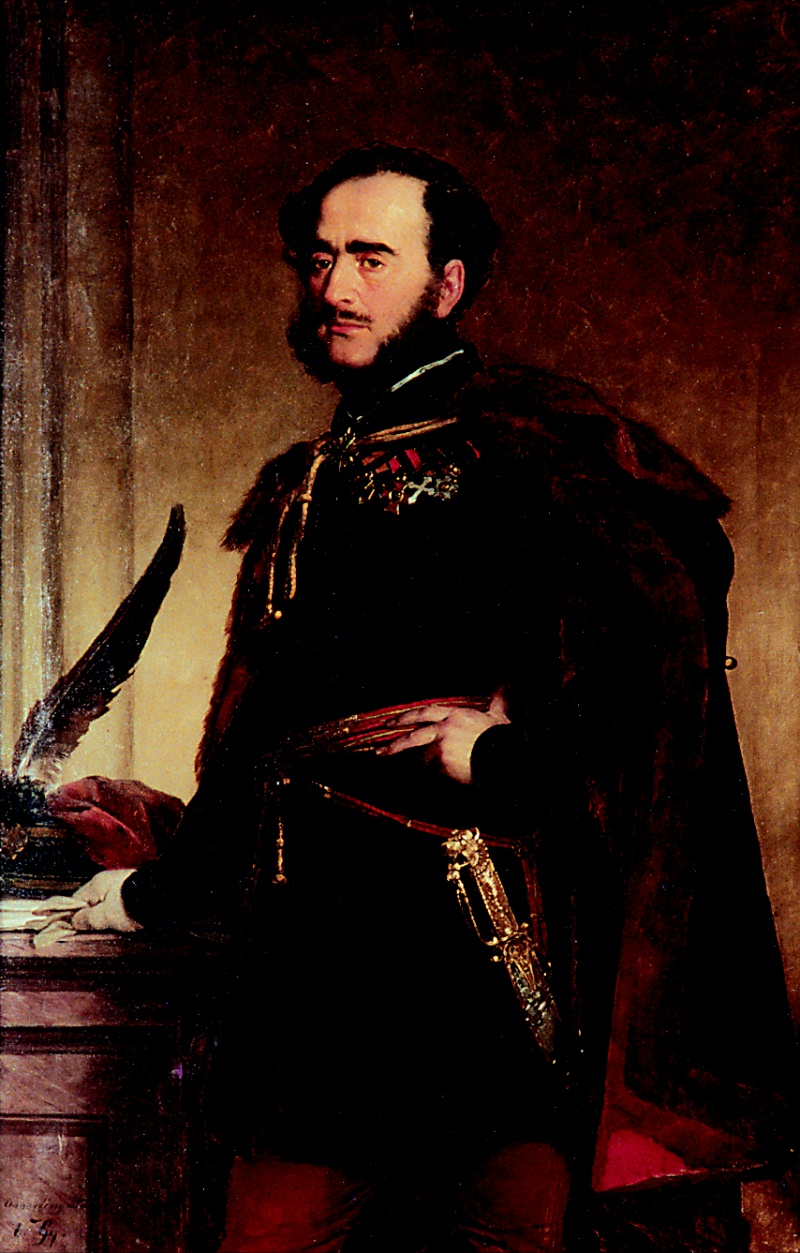HAS - Hungarian Academy of Sciences - A Brief History - Mission

History
The need for establishing a scholarly society was first mentioned by Act VIII of 1808. During the last decade of the 18th and the first decade of the 19th century, various plans were conceived for the establishment of an academy for developing and propagating the Hungarian language and for promoting the development of science, but funds for establishing such a society were not available. This question was often raised until, at the November 3, 1825, district session of the Diet in Bratislava (the seat of the Hungarian Parliament), the county delegates started a debate on the matter of a Hungarian Learned Society, criticizing the magnates for not making sacrifices for a national cause. It was there that Count István Széchenyi offered one year's income of his estate for the purposes of a learned society.
Széchenyi's example was followed by Ábrahám Vay, Count György Andrássy, and Count György Károlyi, who also made significant contributions to the founding of the society.
Mission Statement
The Hungarian Academy of Sciences (MTA) is committed to the advancement, shaping and serving of science. Keeping the criteria of excellence in the forefront, the main responsibilities of the Academy, as the prime representative of Hungarian science, are to support and represent various scientific fields, and to distribute scientific results. MTA contributes not only to the organisation of scientific research in Hungary, but also aims to tying the connection between Hungarian and international research closer. The Academy supports the scientific activities of promising young researchers, defends science ethics in public life, and guards the honour and values of scientific endeavors.





